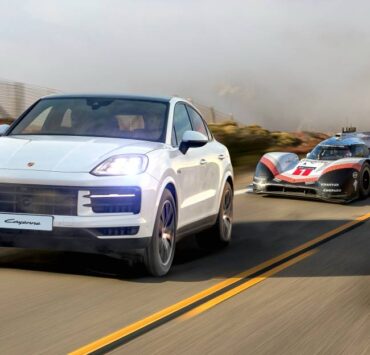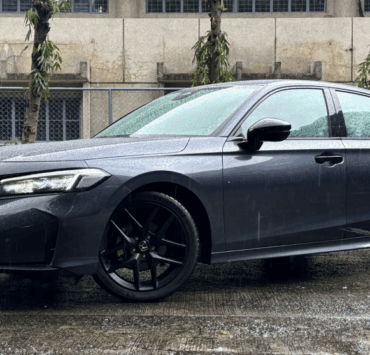Plug-In hybrids are great technology but widely misunderstood and often used incorrectly

Plug-in hybrids are, in my view, a genuinely smart solution when matched to the right needs. The technology has matured quite well in recent years, and the engineering behind these vehicles is something to be excited about. Yet, despite all this progress, plug-in hybrids remain widely misunderstood, and this confusion is not new. It’s a global issue that has persisted for years.
Take Europe, for example. Generous subsidies led to a surge in plug-in hybrid sales, but many buyers simply used them as conventional cars. Instead of charging them regularly and taking advantage of their electric range, they relied almost entirely on the gasoline engine. The result was an underpowered engine hauling around the extra weight of a battery pack, which completely undermined the efficiency and environmental benefits these vehicles are designed to deliver. This isn’t a failure of the technology itself, but rather a mismatch between the product and how people actually use it.
Now, we’re seeing a new wave of frustration in the Philippines, particularly around charging infrastructure. Plug-in hybrids are increasingly occupying public charging stations, which annoys drivers of fully electric vehicles who rely on those spots and use them more quickly. The root of the problem is twofold. First, some automakers, BYD comes to mind, declared they would focus solely on pure electric vehicles because that was where all their development money went and that was the future. Only to reverse course and embrace plug-in hybrids, which apparently everybody but them realized they were going to do anyway. This has led to a flood of new models, many of which are being sold to people who don’t have access to home charging. That’s a critical point: plug-in hybrids are designed to be charged at home or at work, not to compete for space at public chargers. They typically take four to six hours to charge from a standard public outlet. now those times with one of the easy to get wall chargers in your home or office is perfectly manageable overnight or during a workday, but not ideal for quick top-ups in public.
There are some positive developments. Certain brands are improving their vehicle public charging speeds for plug-in hybrids. The new Lynk & Co. 08, for instance, can charge in a fraction of the time compared to earlier models. Still, the core issue remains. Many buyers don’t fully understand how these vehicles are meant to be used, and the industry hasn’t always done a great job of matching the technology to the right customers.
I remain enthusiastic about plug-in hybrids. The technology is advancing, and the cars themselves are better than ever. But it’s essential to understand what you’re buying and whether it fits your lifestyle. For many people, especially those without reliable access to home charging, a plug-in hybrid may not be the right answer. The technology is sound, but as always, the real key is matching the tool to the task.
And increasingly important nowadays apparently, the right honest dealer.


















